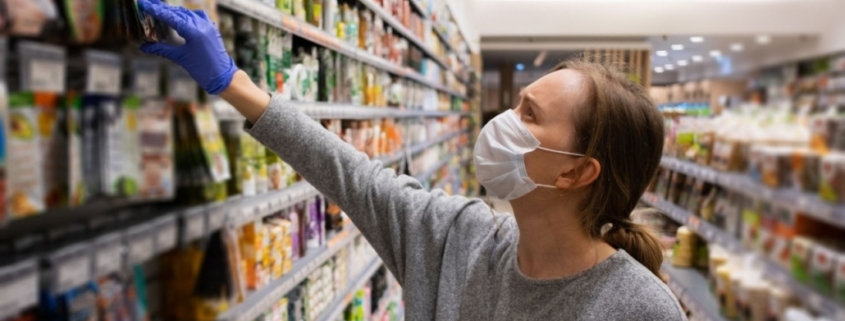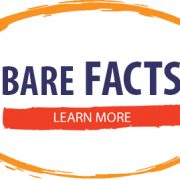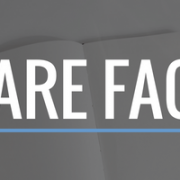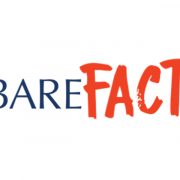Study shows that consumers (still) love a face-to-face purchase
BARE International recently completed a survey that proves face-to-face service is still vital for vehicle or clothing purchases. The surprise results, however, was within the financial sector, which went through a strong digital transformation.
Brick and mortar stores need to offer something more to stand out from other channels. This is no surprise.
The pandemic broke several paradigms in customer relationships, but it did not change one vital aspect of the customer experience: the desire of many consumers to have direct contact when making a purchase.
The conclusion is present in the unprecedented survey How the Customer Experience Changed in COVID Times, completed by BARE Internacional, a global company specializing in customer experience and surveys.
The survey polled 2,370 people on all continents in 2021 and 1,333 in 2020. The result reinforced the importance that direct contact at the time of purchase grew in almost all segments analyzed, except hospitality, which was greatly affected by social isolation.
On a scale of 0 to 10, the average respondent gave a score of 5.93 for direct contact in 2020 versus a 6.07 in 2021.
“Personal and direct interaction is being rediscovered after the pandemic,” highlights Tânia Alves, General Manager of the BARE Brazil office.
FINDINGS BY INDUSTRY
The industry that registered the greatest increase was the auto industry, whose importance, on a scale of 1 to 10, increased from 7.0 to 7.6. Another one that stands out is clothing, which went from 6 to 6.3 points. The financial segment draws attention, which, despite the phenomenon of fintechs and the growth of digital banks, had the importance of increasing contact from 6.1 to 6.3.
“We ran the first survey in April 2020. Our goal was to understand how COVID-19 impacted purchasing patterns. For the 2021 survey, we added new questions to add from our findings from 2020,” says Tânia.
“In general, we could see that people are more optimistic than last year. Even if the desire to buy slowly starts to recover, there are some changes in habits since 2020, such as the need to physically know the product and have more information. This habit was obvious pre-COVID and is coming back for the long term.”
IMPACT OF PURCHASE HABITS
The survey also asked respondents about purchase habits during the pandemic. On a scale of 0 (almost nothing) to 10 (a lot), 74.13% of respondents gave a score above 7, indicating that there was a strong change in 2020.
Of this total, 14.51% gave the max score of 10. Versus the 2021 survey results, where the percentage of responses between 7 and 10 dropped to 65.75%, with 11.44% with a grade of 10.
“This change demonstrates that, at first, social isolation had a great impact on consumer behavior. There was a lot of insecurity about what the new habits would be with the growth of e-commerce, since there was not much choice,” explains Tânia.
“With the reopening of trade, people understood that it is possible to use different channels to purchase, which explains the drop in the perception of the impact of the pandemic in global terms.”
Regarding the decision to buy, fashion and cosmetics are the categories that have suffered the most in the last two years. When asked about their chance of spending on the following product categories: clothing, cosmetics, electronics, food, household cleaning and beverages, respondents 74.43% said they intend to reduce spending on clothing, 53.46% on cosmetics , 42.32% with electronics and 37.76% with beverages.
However, although relevant, COVID’s impact on retail purchases is smaller compared to last year, when 74.87% of people said they would reduce purchases of clothes, 56.71% of cosmetics and 42.32% of electronics.
The survey also shows that there is a recovery of optimism.
The impact of respondents’ purchasing power also cooled in 2021 when compared to 2020. When asked about how much the pandemic influenced their purchasing power, 15.55% of consumers gave it the highest score (10 – very impacted) in 2020. While last year, 70.63% of the people consulted gave grade above 7, the percentage dropped to 61.15% in the most current survey.
See the original article in full here.
For more information on how we can help you set up a mystery shopping program, send us a note here. We, at BARE, believe in the ‘why’ behind the reasons, and we will provide actionable insights to help you provide the best experience for your customers.











